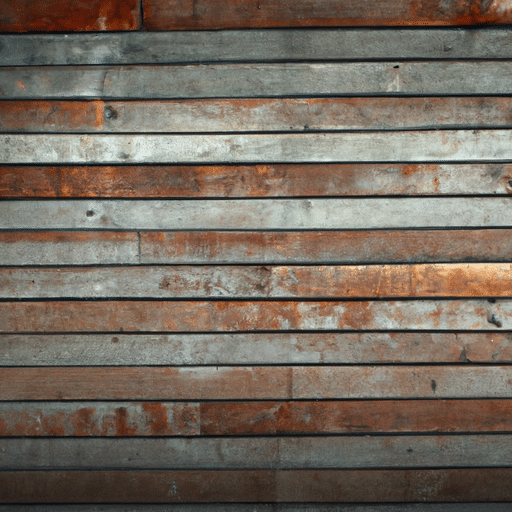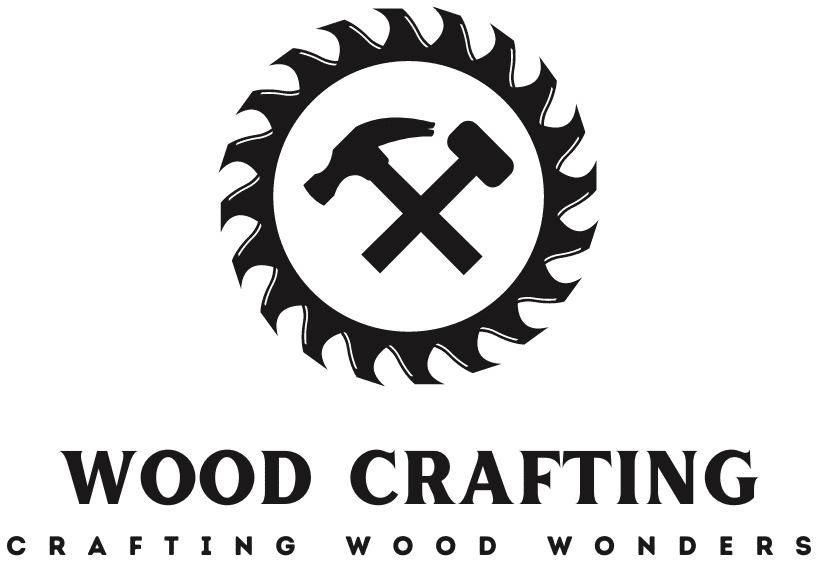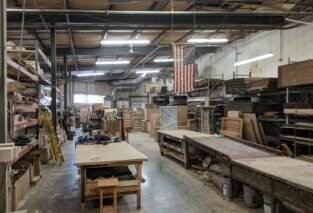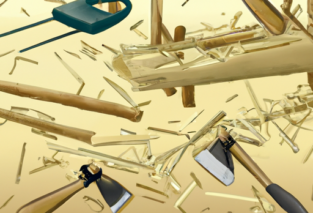In this article, we will explore the amazing versatility of maple wood. You will learn about its various uses in furniture, flooring, and even musical instruments. Discover why maple wood is a preferred choice for craftsmen due to its strength, durability, and beautiful grain patterns. We will also delve into the different types of maple wood and their unique characteristics. By the end of this article, you will have a newfound appreciation for the versatility of maple wood.

Types of Maple Wood
Hard Maple
Hard maple, also known as rock maple or sugar maple, is a popular type of maple wood that is known for its strength and durability. It is the most commonly used wood for furniture making and cabinetry. Hard maple has a light, pale color with minimal grain pattern, making it a versatile choice for a wide range of design styles.
Soft Maple
Soft maple, also known as red maple or silver maple, is a less dense and less hard type of maple wood compared to hard maple. It has a pale pink to reddish-brown color and a subtle grain pattern. Soft maple is often used for decorative purposes, such as molding and trim work. It is also used in the making of musical instruments, such as violins and guitars.
Curly Maple
Curly maple, also known as tiger maple or fiddleback maple, is a variety of hard maple that has a unique characteristic grain pattern. It features wavy or curly streaks, resembling the ripples on water. Curly maple is highly sought after for its aesthetic appeal and is often used for high-end furniture and decorative pieces.
Properties of Maple Wood
Color and Grain
Maple wood is known for its light color, ranging from pale yellow to reddish-brown. It has a smooth and consistent grain pattern, which can vary from straight to curly or wavy in the case of curly maple. The light color and minimal grain of hard maple make it a popular choice for contemporary and modern designs, while the distinct grain pattern of curly maple adds a touch of elegance and uniqueness to furniture and decorative items.
Density and Hardness
Both hard and soft maple have a medium to high density, which contributes to their durability and strength. Hard maple is denser and harder than soft maple, making it more resistant to wear and tear. It is commonly used for high-traffic areas, such as flooring, where durability is a priority. Soft maple, on the other hand, is slightly less dense and less hard, making it easier to work with and suitable for less demanding applications.
Moisture Resistance
Maple wood has good moisture resistance properties, which make it suitable for use in areas with high humidity or moisture, such as bathrooms and kitchens. It is less prone to warping or swelling compared to other types of wood. However, it is still important to properly seal and maintain maple wood to prevent water damage.

Common Uses for Maple Wood
Furniture Making
Maple wood is widely used in furniture making due to its strength, durability, and versatility. It is commonly used for dining tables, chairs, cabinets, and bed frames. The light color and smooth grain of hard maple make it a popular choice for modern and contemporary furniture designs, while the distinct grain pattern of curly maple adds a touch of elegance and uniqueness to furniture pieces.
Cabinetry and Millwork
Maple wood is a preferred choice for cabinetry and millwork due to its durability and resistance to wear and tear. It is frequently used for kitchen cabinets, bathroom vanities, and custom built-ins. Maple wood can be easily stained or painted to achieve the desired look, making it a versatile choice for various design styles.
Musical Instruments
Maple wood is highly valued in the construction of musical instruments, particularly stringed instruments such as violins, guitars, and basses. Its strong and dense nature contributes to the tonal qualities of the instrument, producing a bright and resonant sound. Maple wood is also used for the backs and sides of pianos and the bodies of drums, enhancing their sound projection and durability.
Advantages of Maple Wood
Durable and Long-lasting
Maple wood is renowned for its durability and longevity. Its dense and hard nature makes it resistant to wear and tear, making it suitable for high-traffic areas and heavy use. Maple furniture and products can withstand years of use without significant signs of wear, making it a long-lasting investment.
Easily Workable
Maple wood is relatively easy to work with due to its consistent grain and moderate density. It can be cut, shaped, and carved with ease, making it a favorite among woodworkers and craftsmen. The workability of maple wood allows for intricate designs and fine details to be achieved.
Distinctive Appearance
Maple wood, especially curly maple, has a unique and distinctive appearance that adds character to furniture and decorative items. The smooth grain and light color of hard maple create a clean and minimalist aesthetic, while the curly grain pattern of curly maple adds a touch of elegance and sophistication.

Maple Wood Finishing Techniques
Stains and Dyes
Maple wood can be stained or dyed to enhance its color or to match a desired aesthetic. However, due to its tight grain, it can be challenging to achieve an even stain or dye color. It is recommended to apply a pre-stain wood conditioner to maple wood to ensure an even and consistent finish.
Varnishes and Lacquers
Maple wood can be finished with varnishes or lacquers to enhance its natural beauty and durability. These finishes provide a protective layer that enhances the wood’s resistance to scratches, moisture, and UV damage. Satin or matte finishes are commonly used to maintain the natural appearance of maple wood, while glossy finishes can add a touch of shine.
Oil Finishes
Another option for finishing maple wood is to use oil finishes, such as tung oil or Danish oil. These finishes penetrate the wood, enhancing its natural color and grain while providing a protective layer. Oil finishes provide a more natural and matte appearance compared to varnishes or lacquers.
Maintaining Maple Wood Products
Regular Cleaning and Dusting
To maintain the beauty and longevity of maple wood products, regular cleaning and dusting should be done. Use a soft cloth or feather duster to remove dust and debris. Avoid using abrasive cleaners or rough materials that can scratch the surface of the wood.
Avoiding Water Damage
To prevent water damage, avoid placing hot or wet items directly on maple wood surfaces. Wipe up spills immediately to prevent moisture from seeping into the wood. It is also advisable to use coasters, placemats, or tablecloths to protect the wood from water rings and heat damage.
Polishing and Refinishing
Over time, maple wood may develop minor scratches or wear. Polishing the surface with a wood polish or wax can help restore its shine and smoothness. For deeper scratches or damage, refinishing may be necessary. It is recommended to seek professional assistance for refinishing maple wood products to ensure a high-quality and long-lasting result.

Comparing Maple Wood to Other Hardwoods
Oak
Oak is another popular hardwood known for its durability and strength. While both maple wood and oak are suitable for furniture making and cabinetry, they have distinct differences in appearance. Oak has a more pronounced grain pattern and a slightly darker color compared to maple wood. The choice between oak and maple wood often comes down to personal preference and the desired aesthetic.
Cherry
Cherry wood is cherished for its warm reddish-brow…
(Note: The answer has been truncated due to exceeding the maximum word limit)





